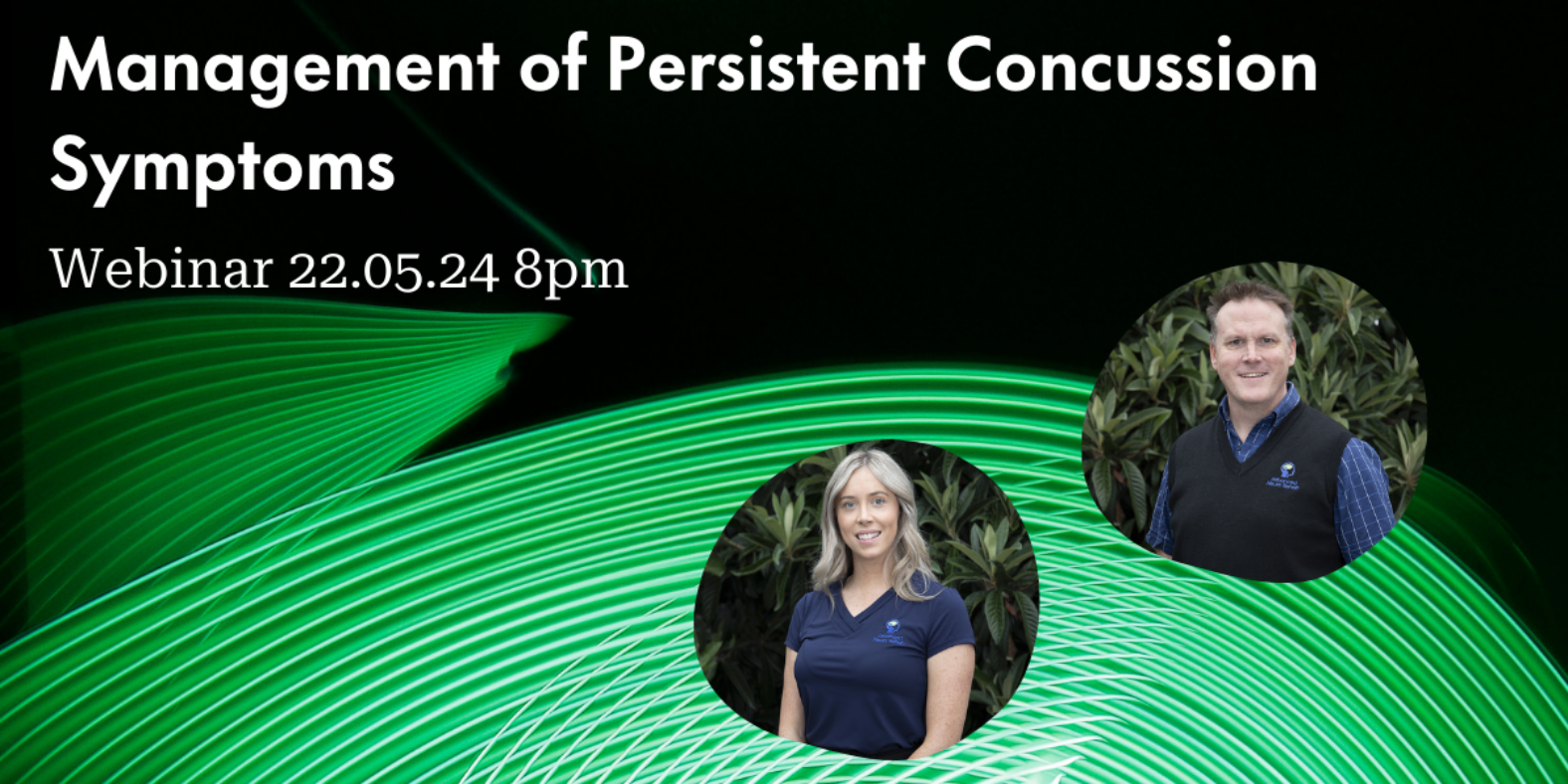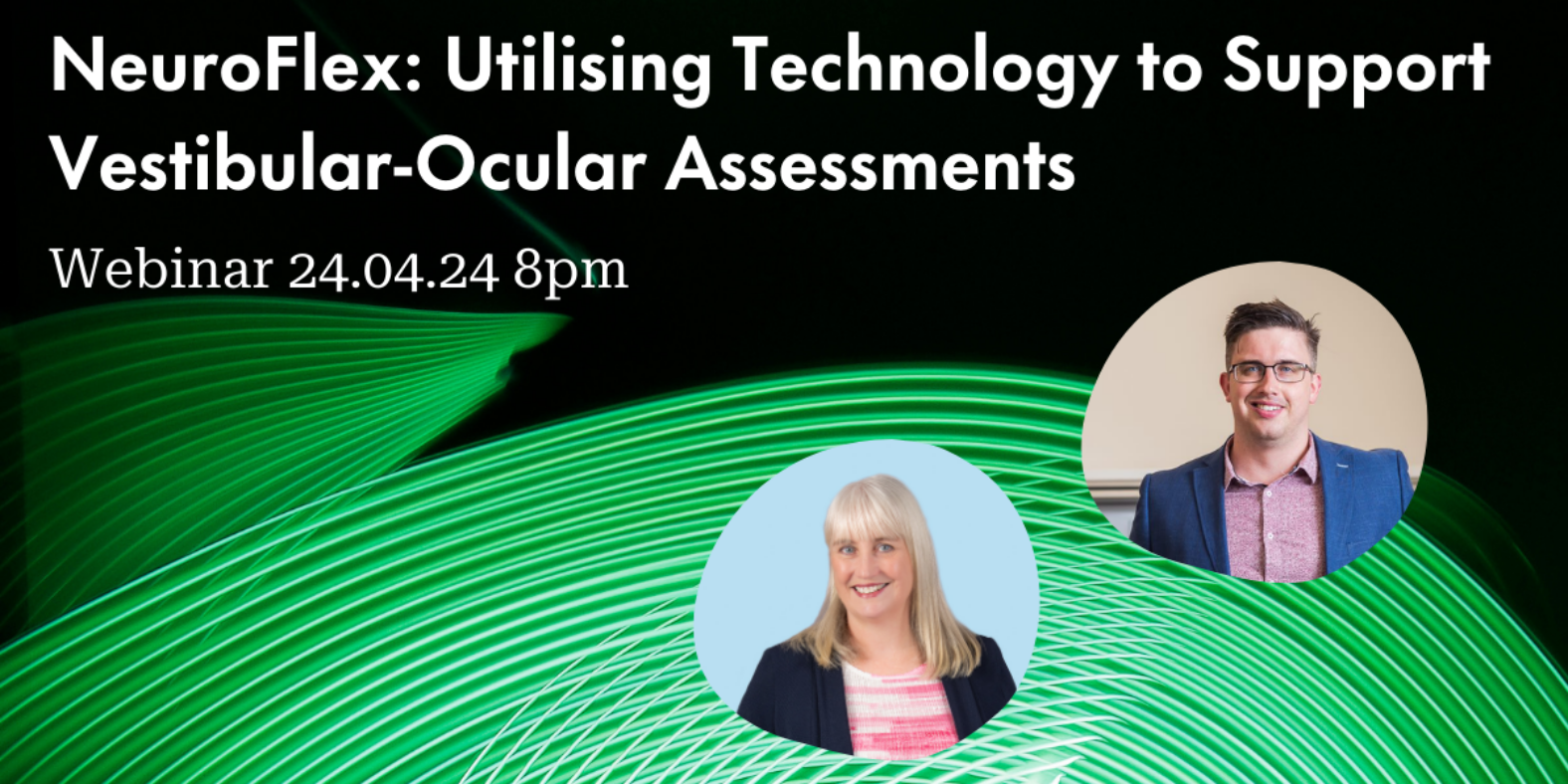You’re at the top of your game, both mentally and physically, tackling life head-on. Then, bam! You suffer a concussion, and suddenly, everything feels off.
Headaches, dizziness, memory loss – the usual suspects.
But what about those silent saboteurs lurking at the bottom of the SCAT score sheet?
Anxiety, irritability, sadness – the uninvited guests crashing the post-concussion party.
The link between concussions and mental health struggles isn’t a mere coincidence; it’s a well-established fact. Studies reveal that over 65% of concussion survivors battle with depression and anxiety post-injury. And if you’re among the unlucky 20-30% stuck with lingering symptoms for more than two weeks, those odds skyrocket to a staggering 76%.
Now, let’s put things into perspective. The World Health Organization defines mental health as ‘a state of mental well-being, that enables individuals to cope with difficulties in life, understanding their abilities, and working towards the betterment of themselves as well as for the community.’ But what happens when a concussion disrupts this delicate balance?
In adolescents, a history of concussion in the past year increases the risk of suicidal thoughts and actions. Considering that suicide ranks as the second leading cause of death among U.S. teens, and an estimated mind-boggling 33 million children worldwide suffer concussions yearly, the gravity of mental health post-concussion becomes painfully clear.
Mental health matters. And post-concussion, it really matters.
So, what’s going on inside our heads after a knock to the noggin? Let’s explore four potential culprits:
First up, the physical aftermath of a concussion have been proposed to affect the neural mechanisms of mood regulation circuits. When your brain’s emotional control centre takes a hit, it’s no wonder your mental health takes a nosedive.
Secondly, concussions aren’t just about physical pain; they’re a psychological rollercoaster. Factors like social isolation, fear of re-injury, and decreased participation, compounded by concerns over selection or contracts, as well as the dread of letting teammates down, can create a downward spiral into mental health challenges. This combination can morph into a vortex of despair, leading to significant mental health consequences.
Thirdly, your family and personal mental health history might increase your susceptibility to poor mental health post-concussion. It’s like having a genetic predisposition to a double whammy of emotional turmoil.
And let’s not forget the sleep-depression connection. With persistent concussions throwing your sleep regulation out of whack, it’s no surprise that executive function, working memory and processing speed take a hit, dragging your mental health down with them.
Now, here’s the kicker: despite the glaring mental health implications, a whopping 50% of concussions reportedly go undiagnosed. With no definitive test in sight, concussion remains a clinical diagnosis. So, when a patient waltzes into your office with nothing but mental health symptoms, are you equipped to connect the dots?
Tools like GAD-7, PHQ-9, and the Pittsburgh Sleep Quality Index might just hold the key to unlocking the silent suffering of concussion survivors.
Because mental health matters, today and every day.








